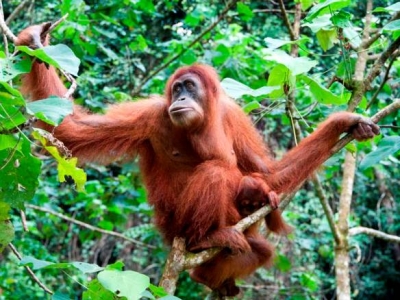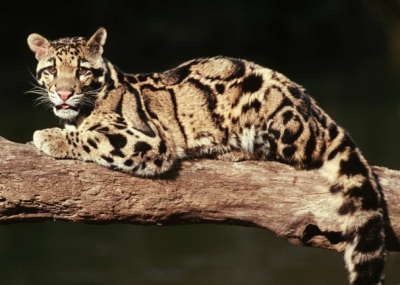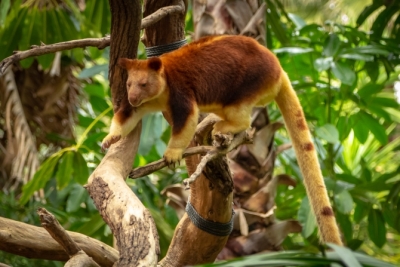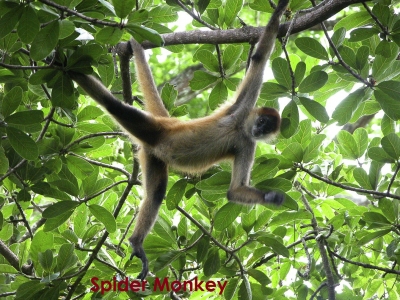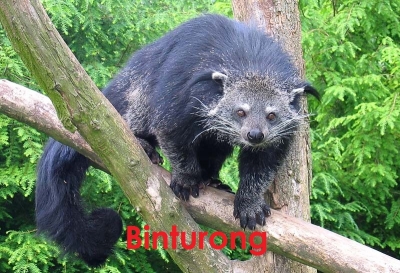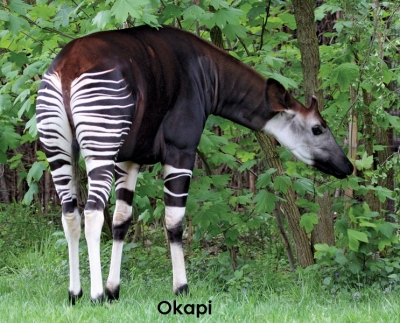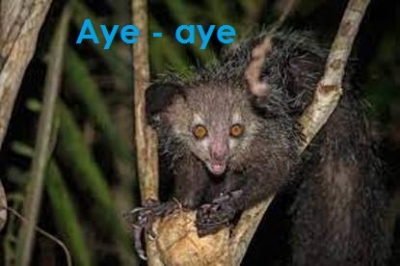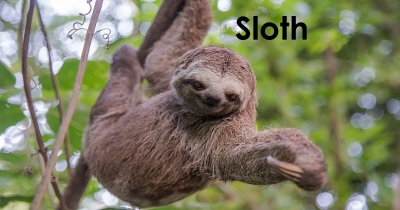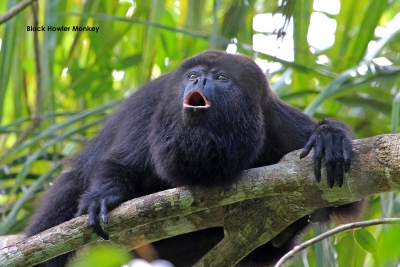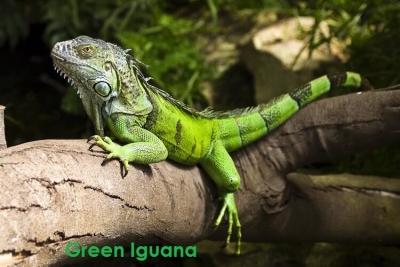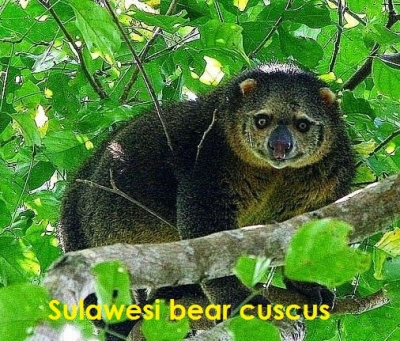Why is the arapaima special among the rainforest fish?
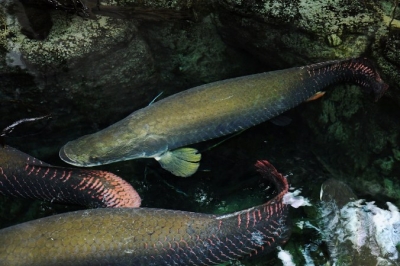
Fish breathe in water and animals breathe on land, is an age-old saying. The Arapaima fish, however, has something entirely different to say!
The Arapaima is an air-breathing fish that plies the Rainforest Rivers of South America’s Amazon Basin and nearby lakes and swamps. Acknowledged as one of the largest of all freshwater fish, these giants are fondly called by the name ‘paiche’ or ‘pirarucu’ and you will soon know why.
Though it is believed to grow up to a whopping 15 feet in length, the most common sightings measure an average length of six feet and a weight of about 91 kilogrammes!
The Arapaima has a striking appearance that cannot be mistaken for anything else. The head is tapered and has a copperish-green tint. The mouth is upturned and the streamlined body is scaly and black with a white centre. Arapaimas have an outstandingly red dorsal fin that stretches from front to back giving it the local name ‘pirarucu’ meaning ‘red fish’. The Arapaimas have to ‘gulp’ in the air every ten minutes and so inhabit the shallow depths just below the water surface. These ‘gulps’ which sound more like a cough, can be heard kilometres away!
These voracious predators are mainly fish hunters. They also eat fruits, seeds, insects, lizards, birds, and even small primates dangling on low-lying branches!
Picture Credit : Google
